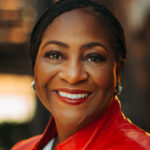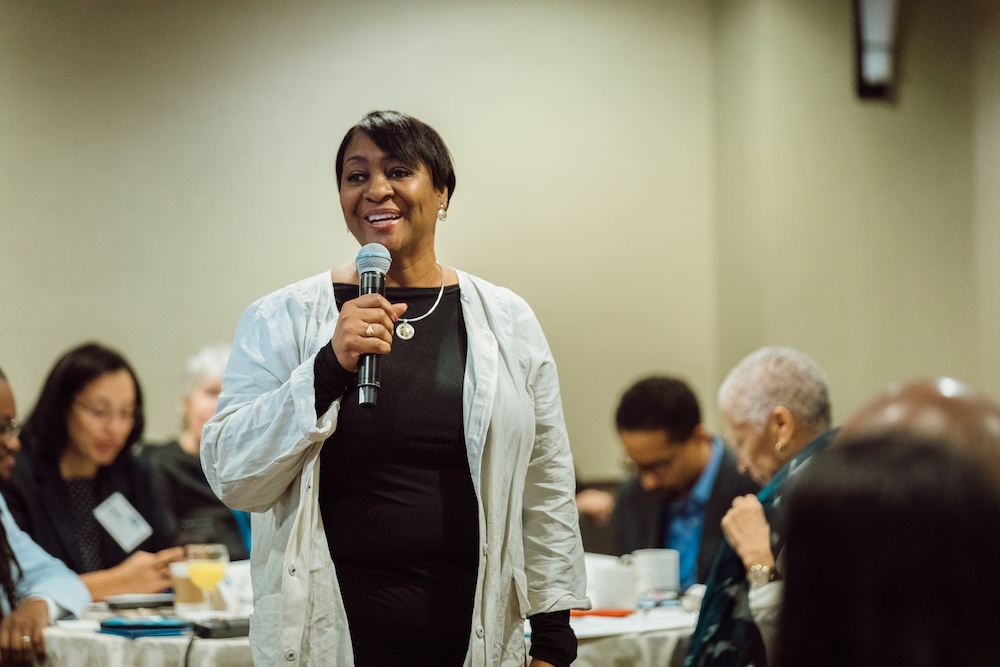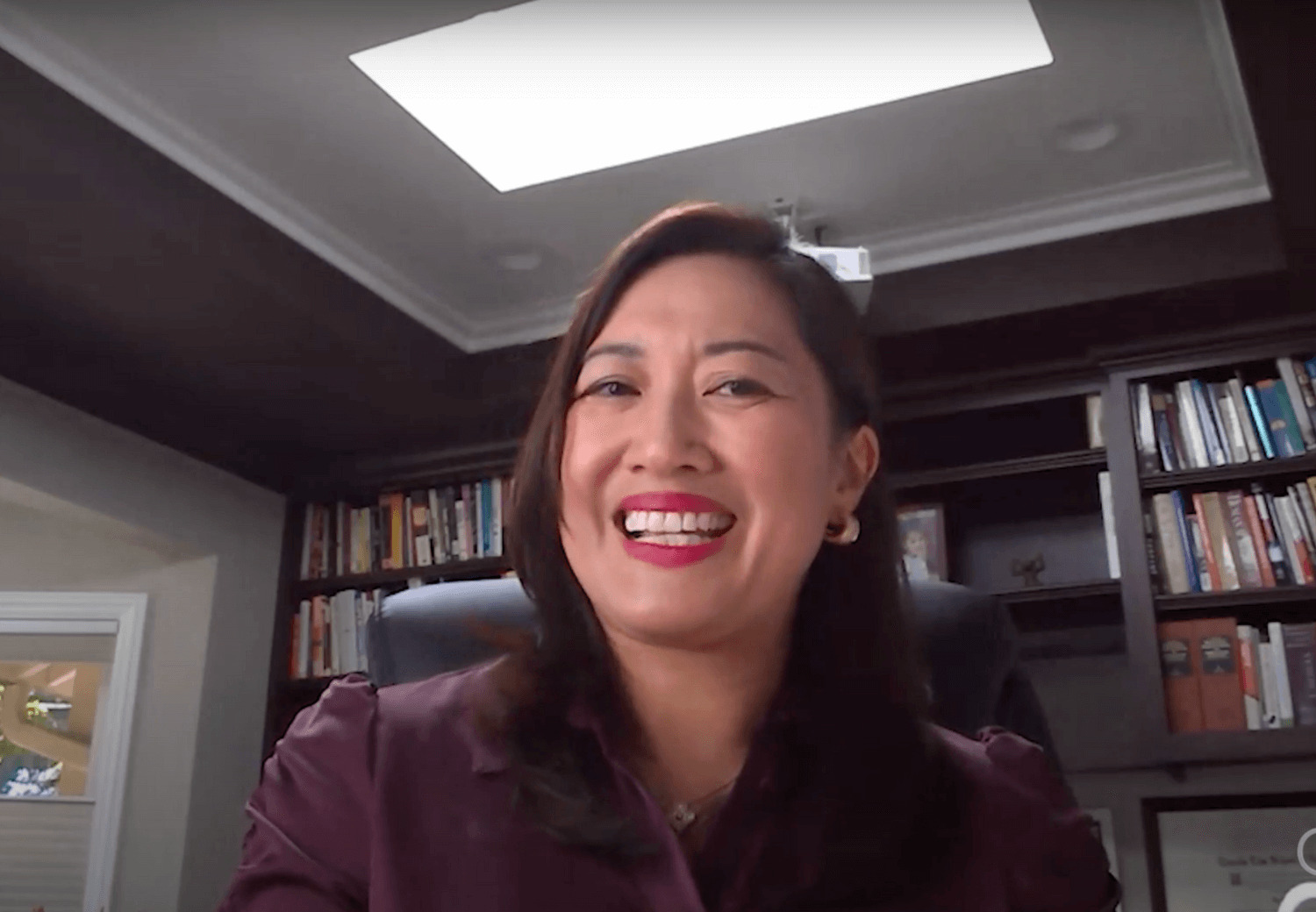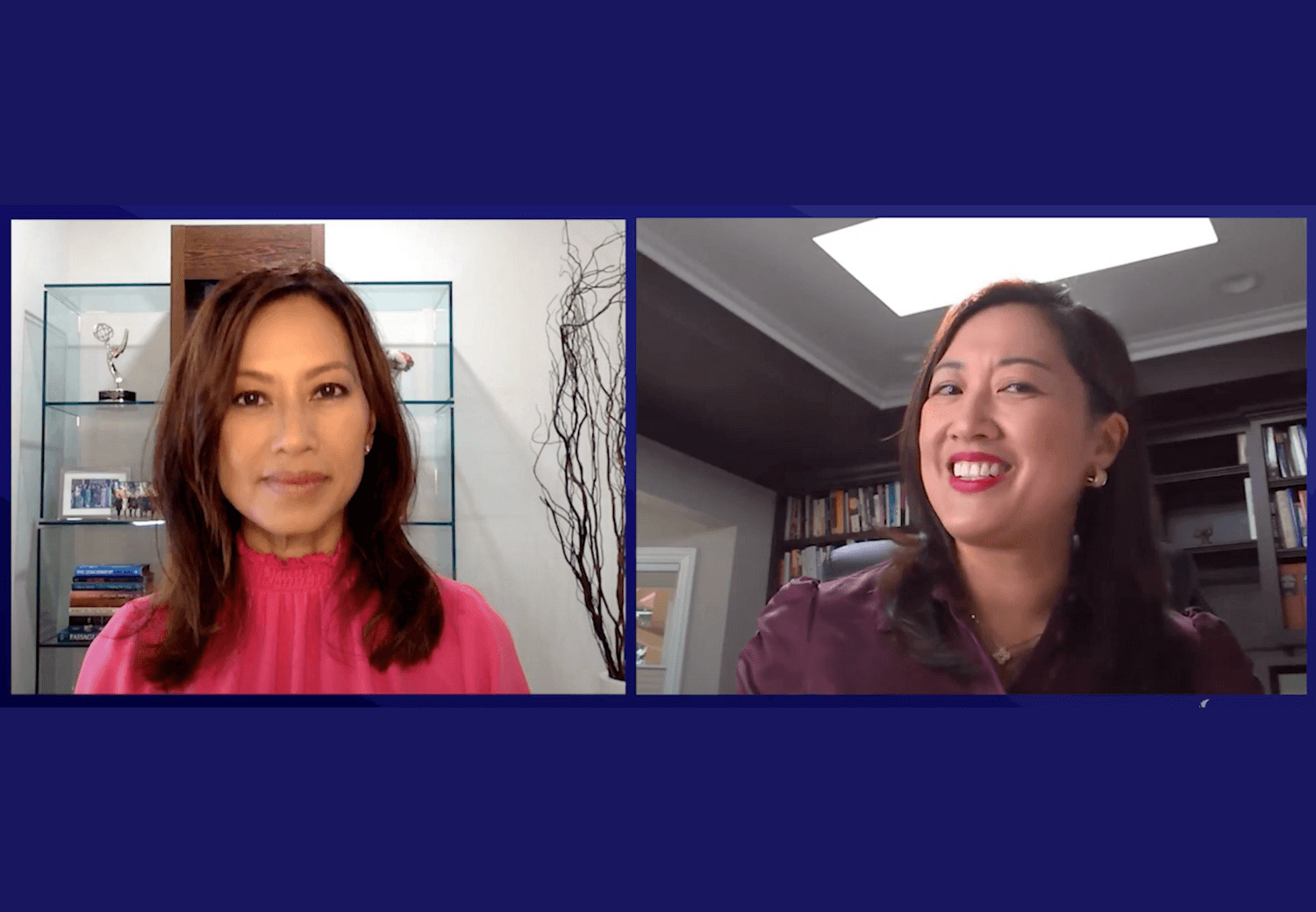Summary:
When La June joined the Kellogg Foundation, the team looked a lot different – in a very literal sense. In this clip, she shares her approach to growing diversity and expanding voices within the company.
Thuy

La June Montgomery Tabron
Thuy

La June Montgomery Tabron
Thuy




